Friends and fellow biohackers, I want to introduce you to someone who’s transformed the supplementation game: Dr. Rhonda Patrick. In a world flooded with marketing gimmicks and sponsored content, Rhonda emerges as the genuine article — a relentless researcher, deeply committed to understanding the science of what we put into our bodies. Think of her as the Sherlock Holmes of supplementation, meticulously deciphering the truths that lie hidden behind the industry’s smoke and mirrors.
Ever the experimenter, Rhonda doesn’t just rely on existing studies. She’s her own test subject, tweaking and refining her supplement stack in real-time, driven by cutting-edge research and close monitoring of her body’s responses. This isn’t about brand loyalty or endorsements; in fact, she doesn’t take a dime from these companies. Instead, she’s on a quest for purity, efficacy, and truth, seeking out the highest quality products through rigorous trial and error.
So, for those of you who’ve been on the edge of your seats, eager for a transparent look into what a top-tier scientist puts into her body, you’re in for a treat. Below, I’ve painstakingly compiled the definitive Rhonda Patrick supplement guide, distilled from countless hours of podcasts, articles, and interviews. Get ready for a deep dive into the gold standard of supplementation
Rhonda Patrick’s Supplement List
Daily “Core” Supplement List
- Multivitamin – Pure Encapsulations ONE
- Vitamin D – Thorne D3 5000 IU
- Magnesium – Pure Encapsulations Magnesium (glycinate)
- Omega-3 Fish Oil – Carlson Maximum 2000 Omega
Additional Daily Supplement List
- Berberine – Thorne Berberine
- Lutein & Zeaxanthin – Pure Encapsulations Lutein & Zeaxanthin
- Ubinquinol – Pure Encapsulations – Ubiquinol-QH 200mg
- Vitamin K2 – Life Extension Mega Vitamin K2 45mg
- Sulforaphane – Moringa Powder
- PQQ – Life Extension PQQ
- Melatonin – Pure Encapsulations Melatonin
- Probiotics – Visbiome High Potency Probiotic Powder
- Hydrolyzed Collagen – Great Lakes Hydrolyzed Collagen Powder
Immune Function Supplement List
- Vitamin C – Pure Encapsulations Ascorbic Acid
- Quercetin – Pure Encapsulations Quercetin
Miscellaneous Supplement List
- Curcumin – CurcumaSorb
- Cocoa – CococaVia Cocoa Extract
- Alpha GPC – Choline Alpha GPC
Main Supplements
Dr. Rhonda Patrick takes a long list of supplements, but there are those that are constant. Even when she changes others, the four below are her core:
• Multivitamin
• Vitamin D
• Magnesium
• Omega-3 fish oil
Multivitamin
In the ever-complex orchestra of nutrition, the undercurrent of micronutrients plays a pivotal yet understated role. For many, juggling individual supplements for each of these nuanced nutrients can be overwhelming. Enter the multivitamin: a singular vessel delivering the full spectrum of these vital compounds, simplifying the supplementation choreography.
Dr. Patrick’s multivitamin armamentarium is anchored by Pure Encapsulations ONE, a daily staple in her regimented approach to nutritional optimization.
The term “multivitamin” is perhaps a humble nod to the wealth of vitamins and minerals it envelopes. These micronutrients, albeit required in trace amounts, underpin our physiological equilibrium. Their absence doesn’t just mark a void; it heralds a symphony of malaise.
A profound conversation with Bruce Ames, a luminary in the world of micronutrient research and her once mentor, underlined the gravity of these compounds. Ames’ pioneering work dived deep into the ramifications of micronutrient scarcity. He postulated that when these nutrients are in short supply, our biological machinery pivots. The focus shifts from optimizing longevity to the more primal, urgent call of survival and reproduction.
The lesson? Micronutrients might be ‘micro’ in dose but are macro in their importance to our holistic health tableau.
RELATED READING: Dr. Andrew Huberman’s Supplement List
Vitamin D
Vitamin D, a cornerstone in Dr. Patrick’s nutritional framework, frequently garners her attention. In her dialogue on the Joe Rogan podcast in May 2020, she highlighted an unsettling observation: those with vitamin D deficits grapple more severely with COVID-19 symptoms.
Referencing a comprehensive analysis in the British Medical Journal, she emphasized vitamin D’s role as a sentinel against respiratory ailments and its pivotal function in underpinning a fortified immune response. Dr. Patrick, with her characteristic precision, ensures her vitamin D levels reside within a 40 ng/ml to 60 ng/ml bracket, often hovering around the 50 ng/ml mark.
Despite vitamin D’s significance, dietary sources fall short. Synthesis via UVB exposure, while natural, isn’t always reliable. This dictates a reliance on supplementation, with its lipophilic properties warranting careful monitoring. She navigates this with periodic blood tests, ensuring optimal and safe levels.
Cementing her regimen, she imbibes roughly 5,000 IU daily, of which 2,000 IU comes from her multivitamin. Her trusted source? Thorne Vitamin D3.
RELATED READING: Tim Ferriss Supplements: The Complete Guide
Magnesium
In the matrix of Dr. Patrick’s nutritional regimen, while her multivitamin serves as an anchor, it’s deficient in magnesium, compelling a need for adjunct supplementation. Her preference: Pure Encapsulations – Magnesium Glycinate. With a conviction rooted in the importance of whole foods, she earmarks just 120mg from the supplement, satisfying merely 30% of her requisite intake. The lion’s share, she asserts, should be gleaned from the diet.
Yet, with an empathetic nod to modern dietary constraints, she acknowledges those less verdant in their plate choices may warrant a more substantial supplemental boost. In her view, magnesium’s role in our health is analogous to the slow, steadfast accrual of compound interest.
With a staggering 300+ enzymatic reactions under its purview, magnesium’s prominence is undeniable. It’s the unsung maestro orchestrating energy release and utilization – ensuring vigor isn’t just a fleeting sentiment but a lived reality. Beyond sheer vitality, magnesium shoulders the pivotal task of fortifying our DNA’s repair brigade, safeguarding us from imperceptible assaults on our genetic code.
However, a supplemental journey with magnesium doesn’t absolve one from their botanical duty. Leafy greens, a veritable magnesium treasury, should hold court on our plates. With research indicating a magnesium deficiency in over half the U.S. population, this mineral’s import isn’t merely academic; it’s an exigency.
RELATED READING: Dr. Rhonda Patrick’s Diet
Omega-3 Fish Oil
In the nuanced domain of Omega-3 supplementation, Dr. Rhonda Patrick has chosen to anchor her trust in the Norwegian PURE-3, a product that has garnered respect for its exceptional quality and minimal oxidation levels. Interestingly, she navigates through the supplement’s two distinct versions: one predominantly featuring DHA and the other, EPA. With an intentional rotation, she alternates between these versions, making a regimen of six capsules daily.
However, a challenge has emerged. The consistent availability of Norwegian PURE-3 is wavering. When queried about potential alternatives to NPURE-3, Rhonda directs individuals to a valuable resource: the International Fish Oil (IFO) Standards site. This platform sheds light on the purity, oxidation levels, and potential contamination of various fish oil products.
Rhonda underscores the efficacy of Carlson’s Maximum Omega 2000. Its credentials in the IFO metrics are indeed commendable, flaunting a total oxidation average of a mere 4.35 – well below the IFO’s threshold of 19.5. Contrary to the bifurcated offering of Norwegian Pure-3, Maximum Omega 2000 paints a different compositional landscape, presenting elevated EPA levels, moderate DHA quantities, and a sparing presence of other Omega-3s.
For those with a penchant for substantial DHA, Carlson’s Elite DHA emerges as an alternative worthy of consideration. Hailing from the same creators of Maximum Omega 2000, this variant delivers a generous 1000mg of DHA daily. However, one should note the absence of EPA in this composition. The journey of optimal health, it seems, requires constant exploration and refinement.
Omega-3 Phospholipids for Alzheimer’s and APOE4
If you have APOE4 gene, the next stack of supplements will help you. Dr. Rhonda Patrick uses 23andMe test online to get her genetic report. 23andMe has a more expensive package that offers even a APOE4 gene testing.
People with APOE4 have a higher risk of getting Alzheimer’s disease. If you have a 1 allele of the gene, you are up to 3x more likely to get Alzheimer’s, while people with 2 alleles are up to 15x more likely to get the condition. The gene interferes with regular transport of DHA.
Rhonda wrote in a 2018 paper she published that there is a way to still get DHA to the brain away from the impaired route. She noted that people with APOE4 should take DHA in phospholipid form to facilitate DHA transportation.
When taken in phospholipid form, DHA converts into DHA-lysoPC through the action of a transporter known as MFSD2A. This transport system doesn’t rely on the regular DHA transportation. When there is sufficient transportation of DHA to the brain, the risk of Alzheimer’s disease reduces.
Rhonda recommends that Omega-3 phospholipids are in fish oil with the highest concentration being in fish eggs (roe). Rhonda doesn’t take her omega-3 phospholipids in supplement form. Instead, she buys it as wild salmon roe caviar.
She buys her caviar from Vital Choice, a company that packages their caviar in 2.2-pound packs that you can freeze and defrost when you need to use.
Before she started taking wild salmon roe caviar, Rhonda was on herring roe extract from Nordic Naturals. However, she realized that the wild salmon roe caviar was superior to the product from Nordic Naturals. She had also used Krill oil before.
RELATED READING: Complete Guide to the Slow Carb Diet
Additional Supplements Dr. Rhonda Patrick Takes Daily
Although the supplements above form her everyday stack, Rhonda also takes other supplements that she considers healthy. Some of these supplements include:
- Berberine
- Lutein & Zeaxanthin
- Ubinquinol
- Vitamin K2
- Sulforaphane – by use of prostaphane and moringa powder
- PQQ
- Melatonin
- Probiotics
- Hydrolyzed Collagen
- Choline Alpha GPC
Berberine
Berberine has garnered attention for its ability to regulate blood sugar levels, bearing similarities to the diabetes drug metformin. Both activate the AMPK pathway, a key regulator of cellular energy, thereby enhancing insulin sensitivity and optimizing glucose metabolism.
Rhonda advocates for a berberine dosage of 1,000 mg daily. Due to its potential to cause gastrointestinal discomfort, she finds this dose strikes a balance between efficacy and tolerability. The challenge with berberine is its bioavailability; not all of an ingested dose is absorbed. She suggests dividing the intake into two doses of 500 mg, taken with meals to aid absorption.
It’s essential to understand berberine’s broader context. While beneficial on its own, its effects are enhanced when combined with intermittent fasting, a balanced diet, and exercise. As with all supplements, it’s crucial to be aware of potential interactions with other medications and to consult a healthcare provider before starting. In the complex world of supplementation, evidence-based approaches guide individuals looking to maximize the benefits of compounds like berberine. Rhonda mentioned that she uses Thorne Berberine.
Lutein & Zeaxanthin
Diving deep into the intricate world of eye health, one cannot overlook the role of lutein and zeaxanthin. These carotenoids, nestled within the intricate pathways of our visual system, serve as a frontline defense against age-related macular degeneration and the ubiquitous threat of blue light. Their synergy is impressive: when present in the retina’s macular region, they create a protective yellow pigment, akin to nature’s own ocular shield.
From Rhonda’s meticulous examinations and experimentations, the cognitive ramifications of these antioxidants emerge, extending their reach beyond just ocular fortification. Their lipid-soluble character, though, posits an important consideration for intake: co-consumption with a fat source is key to optimal absorption.
As with many bioactive compounds, the precise dose is a fine balance, ever-evolving with emerging research and individual nuances. Those with a proclivity for optimizing neurological and visual parameters might find Rhonda’s insights on lutein and zeaxanthin particularly enlightening. However, navigating this terrain requires caution and consultation with a healthcare professional to sculpt the most tailored and effective regimen. Rhonda takes Pure Encapsulations Lutein & Zeaxanthin.
RELATED READING: Dr. David Sinclair’s Supplement List for Longevity
Ubiquinol
Ubiquinol is one of the forms of CoenzymeQ10. It is the reduced form of supplement and one that Rhonda proposes is more bio-available. It is responsible for energy production in the body.
You will get Ubiquinal naturally from your diet. However, the amount may not be enough and that is why Rhonda supplements with about 200mg per day.
Rhonda takes Pure Encapsulations – Ubiquinol-QH 200mg. The only challenge with this brand is that you will pay relatively more for it. From what the brand notes, they use Kaneka Ubiquinol. However, Kaneka Ubiquinol is also available in Jarrow Ubiquinol 200mg and Now Ubiquinol 200mg, two brands that are way cheaper than the Pure Encapsulations Ubiquinol.
RELATED: 13 Hacks Tim Ferriss Uses to Optimize Sleep
Vitamin K2
Rhonda takes about 50 mg of vitamin K2 every day. She mentions in an Instagram post and through a Q&A series that that taking vitamin K2 supplementation comes as an insurance policy for when she doesn’t get enough K1 from the vegetables. She specifically supplements with Life Extension Vitamin K2 in MK4.
Rhonda notes that vitamin K1 and K2 are related. The two vitamins play a role in the transportation of calcium in the body, and they also facilitate blood clotting. Vitamin K1 is also known as phylloquinone while K2 is also known as menaquinone.
K1 is more available in our daily diet, especially the Western diet. You can get it from green leafy vegetables. Vitamin K2, on the other hand, is not available in most foods, and you can only get it in fermented foods. K2 is also available in soya beans.
When you ingest vitamin K1, it goes to the liver where it is responsible for producing the proteins needed for blood clotting. If there is still some vitamin K1 in the blood, it facilitates in the transportation of calcium in the body. If you do not have sufficient amount of K1, you will suffer impaired transportation of calcium in the body.
Without adequate calcium transportation in the body, one suffers a higher risk of heart diseases.
RELATED: Tom Brady’s “TB12 Method” Supplement Stack
But where does K2 come in?
The body prioritizes the use of Vitamin K2 in the periphery, making calcium transportation more efficient. During supplementation, you will find K2 in two main forms; MK4 and MK7. There are more studies on MK4, and this is why Dr. Rhonda prefers it to MK7, which has a longer half-life.
Rhonda takes about 50 mcg of K2 from Life Extension as she noted in a Q&A session on Feb 2021. However, the only available product on the Life Extension website is Vitamin K2 MK7 in a 45 mcg bottle.
Sulforaphane
Sulforaphane is a plant phytonutrient that is safe for humans, but toxic to animals that are smaller than humans. For humans, the nutrient taken has to be just sufficient as high amounts of the nutrient can lead to poisoning.
When you ingest Sulforaphane, you activate several cell protective genes such as Glutathione (GSH), Haemoxygenase-1 (HO-1), Quinone reductase (NQO1), Peroxisome proliferator-activated receptor, and Metallothionein. These genes are responsible for functions such as anti-inflammatory properties of cells, reducing oxidative stress, detoxification, removal of heavy metals, and regulating glucose metabolism and energy homeostasis.
Sulforaphane does that by activating what is known as the NRF2 pathway. The information that Rhonda shares is from a paper by Christine Houghton et al. Although there is need for more research on the effects of sulforapohane, Rhonda notes that the nutrient found in broccoli sprouts is responsive for an improved body immune system.
According to a video that Rhonda posted on YouTube, Sulforaphane increases the natural killer cells, which better the body’s ability to fight viruses. You can take sulforaphane from broccoli sprouts, or you can take supplementation. The former takes a lot of time to prepare while the latter is readily available.
Rhonda takes sulforaphane in two forms; moringa powder and prostaphane tablets. She notes that it has been challenging to grow broccoli with her busy schedule. She takes moringa powder in smoothies and then she takes two prostaphane tablets every day.
Moringa Powder
Rhonda started using Moringa powder after reading research by Jed Fahey from John Hopkins University. The powder comes from the leaves of Drumstick tree. To get the powder, Kuki Kuli dries the leaves and then turns them into powder once they are completely dry. The product contains isothiocynate called Moringin, which offers the same benefits as sulforaphane.
The research from John Hopkins University studied participants who take the powder in cold-brewed tea. The participants would add the supplement to cold water in the ratio 1:100 and would allow the solution to settle for ten minutes before consuming it.
You should not take it with hot water as heat destroys the myrocinase enzyme in Moringa. The study recommends the Kuli Kuli Moringa. The way the leaves are harvested and the way they are processed affect how potent the supplement is. If the leaves are exposed to too much heat, some of the phytochemicals are destroyed.
Prostaphane
The Prostaphane supplement that Rhonda takes is different from other sulforaphane supplements. It contains a stabilized version of sulforaphane, instead of sulforaphane glucosinolate. This stabilized form is more bioavailable.
The supplement is only found in France, and you have to order it through moncoinsante.co.uk to get the supplement to the U.S.
If you do not want to take the long process to order prostaphane, you can take the USA alternative from Superhuman Health. The company works with the manufacturer from France to create a prostaphane version with the same benefits as that from France. This product is known as BROQ.
Because BROQ is a product of the partnership between Prostaphane and an American company, the Prostaphane website markets BROQ on their header. When you take BROQ, you get 10mg of the sulforaphane per tablet, this is the same amount found in Prostaphane.
Rhonda has tried BROQ. She, however, noted in a Q&A session that the two products are the same. She noted that she still has stacks of Prostaphane in stock, and that is why she is yet to try BROQ.
Rhonda takes two tablets of Prostaphane after a meal. The tablets should not be taken on an empty stomach.
Pyrroloquinoline Quinone, PQQ
PQQ is a plant-based anti-inflammatory product. According to a post that Dr. Rhonda posted on Twitter, taking PQQ reduced the biomarkers that cause inflammation and oxidation. PQQ also increase the biomarkers that activate mitochondria to increase energy production in humans.
According to a research that Rhonda shares, the PQQ is also responsible for improving the cognitive function of human beings. The supplement increases blood flow and metabolic activities to better your brain activities.
Rhonda is currently on Life Extension PQQ Caps, which she takes two capsules a day. These caps are available in the form of disodium salts that were used in the research stated above.
Melatonin
Melatonin is the sleep hormone. The body produces melatonin in the dark and reduces its production when daylight comes in. This prepares the body to sleep or wake up.
Rhonda notes that the production of melatonin reduces as we age, making supplementation important. There is a research that indicates that it is true there is a reduced production of melatonin with age.
When you supplement on melatonin, you sleep better, and this has an impact on your overall health. You can then include exercise and good diet, and you will be healthier every day. Although it is more beneficial to older people, a melatonin supplement can benefit the young people too.
Previously, Rhonda was taking 300mcg of melatonin supplement by Life Extension, and she notes a study by MIT for her decision. She then switched that with the 9mcg version of the same product, and this has helped her sleep better. She says that on a Joe Rogan podcast number 1474.
In a Q&A session on Feb 2021, Rhonda noted that she uses Pure Encapsulations 3mg Melatonin and takes 3 of them.
Probiotics
Rhonda takes probiotics occasionally to help improve the health of her gut microbiome. She notes that probiotics are responsible for a better immune response because they regulate the functions of macrophages, dendritic cells, and the T and lymphocytes.
She takes Visbiome High Potency Probiotic. Visbiome is probably the best probiotics on the market, with over 450 billion live bacteria. The product is shipped in a cold container that is termperature controlled to ensure the highest quality of probiotics. Many probiotic supplements do not contain the amount of bacteria they claim to because they die off quickly. A warm capsule inside a dry pill bottle isn’t the most nurturing environment for probiotics. Rhonda takes the unflavored powder – one sachet after every two weeks. Thankfully, you can get Visbiome on Amazon. Below is a picture of her with Visbiome.
Hydrolyzed Collagen
This is a supplement for the health of joints. Rhonda adds the supplement in her smoothies and can also add it in tea and hot water. She started taking the supplement after seeing a study that said it can help make her joints better. Later, she discovered another study that shows it can make her face age slower.
According to this new research, she only needs to at least 1.0 gram of collagen supplement for about 12 weeks. The results from the study were that it reduced skin dryness and scaling and reduced wrinkles by up to 13 percent.
She talked about it in detail in an Instagram post. She uses the Great Lakes Hydrolyzed Collagen.
RELATED: Inside Tim Ferriss’ Morning Routine
Supplements for Immune Function
Rhonda takes some supplements intermittently to boost her immune function. In March 2020, Rhonda held a Q&A session for her crowd sponsors forum. She was teaching her listeners on ways to boost their immunity to fight Covid-19.
She started taking immune supplements during the Covid-19 pandemic, and she continues taking two of these supplements to keep her immune function up. She still takes Quercetin and Vitamin C.
Before she concentrated on these two, Rhonda was taking these other supplements:
• N-acetyl L-cysteine (NAC) at 200 mg every day
• Zinc at 15 mg every day
• Liposomal Glutathione at 500 mg every day
• Sulforaphane through Moringa powder and Prostaphane
She dropped Glutathione and NAC and then reduced her intake of the vitamin C and Zinc.
Vitamin C
Rhonda has done extensive research on Vitamin C, and she has posted that on her site. She was skeptical at first, but the more she researched on the benefits of vitamin C, the more convinced she was that vitamin C should be part of her immune boosting supplements.
In her crowd sponsors Q&A session in March 2021, she spent 59 minutes talking about vitamin C supplements. She noted that she took the supplementation as a regular ascorbic acid and that she doesn’t have any reason to believe that it should be taken together with flavonoids or in any other form.
Although she never mentioned the brand she prefers, she is fond of brands such as Pure Encapsulations Ascorbic Acid and Thorne Ascorbic Acid. Her dosage is 0.5 – 1.0 gram intermittently, mostly taken in the evening.
Quercetin
Quercetin is a product of plants. It is available in plants such as kales, cilantro, and capers. Rhonda has a conviction that Quercetin acts as a zinc ionophore that helps ensure zinc gets into the cells. She hypothesizes that zinc can prevent the replication of the cells of viruses.
Ionophores are transport substances that carry ions across the cell membrane. She currently takes 250 mg per dose of Quercetin. Again, she did not specify the brand of Quercetin she takes, but she loves Pure Encapsulations and Thorne, both of which offer Quercetin.
To ensure she gets even more Quercetin, Rhonda now takes buckwheat tea, which offers small amounts of the supplement. She notes that the nutrient also has senolytic properties, which she explains in an Instagram post, helps remove senescent cells.
If you would like to try buckwheat tea, opt for roasted blend and not the raw blend – the roasted version offers a better flavor. She has not mentioned what supplement she uses for Quercetin, but we would guess she would take Pure Encapsulations Quercetin.
Miscellaneous Supplements that Rhonda Uses Occasionally
There are some supplements that Rhonda doesn’t take on a daily basis. These include the following:
Curcumin
Rhonda takes this supplement as an anti-inflammatory product. She also notes that the supplement can also relieve pain so that you never have to take painkillers.
Currently, Rhonda uses CurcumaSorb from Pure Encapsulations. Previously, she was on Meriva SF, which she dropped when she discovered the Pure Encapsulations form.
In an Instagram post, Rhonda discusses lead contamination in turmeric, the plant from which curcumin is extracted. She noted that it was true that some companies add lead chromate to enhance the yellow color of the plant during processing.
She still uses organic turmeric besides taking the supplement, and this has ensured she gets enough curcumin. She adds it in her smoothies and juices. When used in smoothies, turmeric improves memory and also has anti-depressive effects.
Manufacturers add piperine from black pepper to make curcumin more bioavailable. Rhonda notes that she uses avocado together with turmeric in her smoothies to make the drink more wholesome. She talked about it in an Instagram post.
Cocoa Extract
Rhonda uses four capsules of CococaVia cocoa extract every day. She uses it in the morning because it contains a small amount of caffeine that helps keep her active during the day.
She talked about the benefits of Cocoa flavanol supplement in December 2019 in her crowdcast. Later, she talked about it in a Q&A session in Feb 2021.
She noted that taking cocoa extract gives three main benefits:
• Better circulation
• Better cognitive function
• Improved skin
CococaVia has a new product, which they dub Memory+. This new product has a higher dose of cocoa extract at 750 mg and not the 450 mg present in the other product. Studies have shown that the product improves one’s ability to recall words and also offers better spatial memory. Although Memory+ is a newer version of the CococaVia placebo, it is not the same product.
RELATED: How Tim Ferriss Naturally Tripled His Testosterone: The 4-Hour Body Testosterone Protocol
Choline Alpha GPC
Talking to Tim Ferriss in a podcast on May 2017, Dr. Rhonda said that she uses nootropics. Nootropics are responsible for enhancing the cognitive function of human beings. She notes that she only choose products that have been on the market long enough and those that do not inhibit enzyme function in the brain. Rhonda hasn’t said which Alpha GPC supplement she takes, but Double Wood Supplements makes one of the best on the market.
She takes:
- Alpha GPC Choline
- Sulforaphane discussed above
- Lion’s Mane Mushroom
Conclusion
There are other supplements that Rhonda Patrick, PhD, used to take, but she doesn’t any more. These include:
• Activz Organic Beet Powder
• Swanson’s B-Complex
• Four Sigmatic’s Mushroom Elixir
• Tru Niagen
• Metformin
Her stack keeps changing as she discovers new research and new supplements, but there are supplements that are standard as discussed above. We will continue to update this article in real time. If you see any discrepancies with the supplements listed in this article, please feel free to reach out to us.



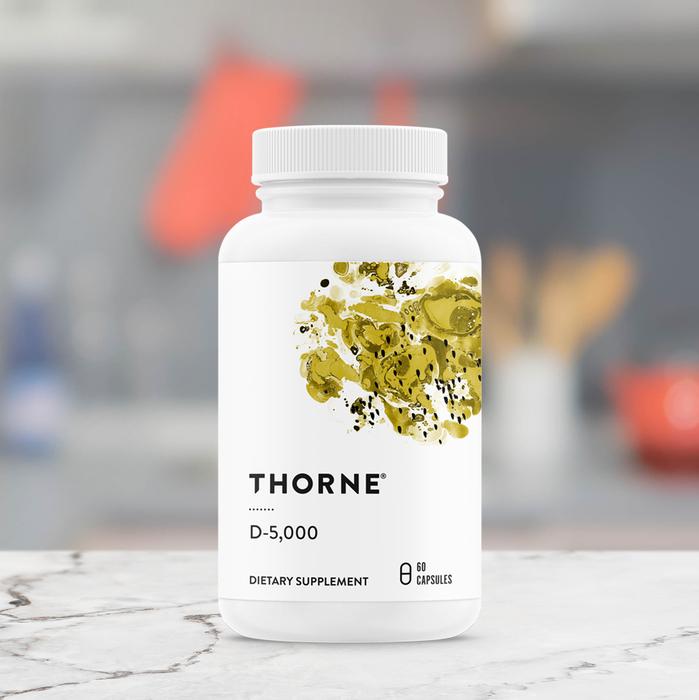
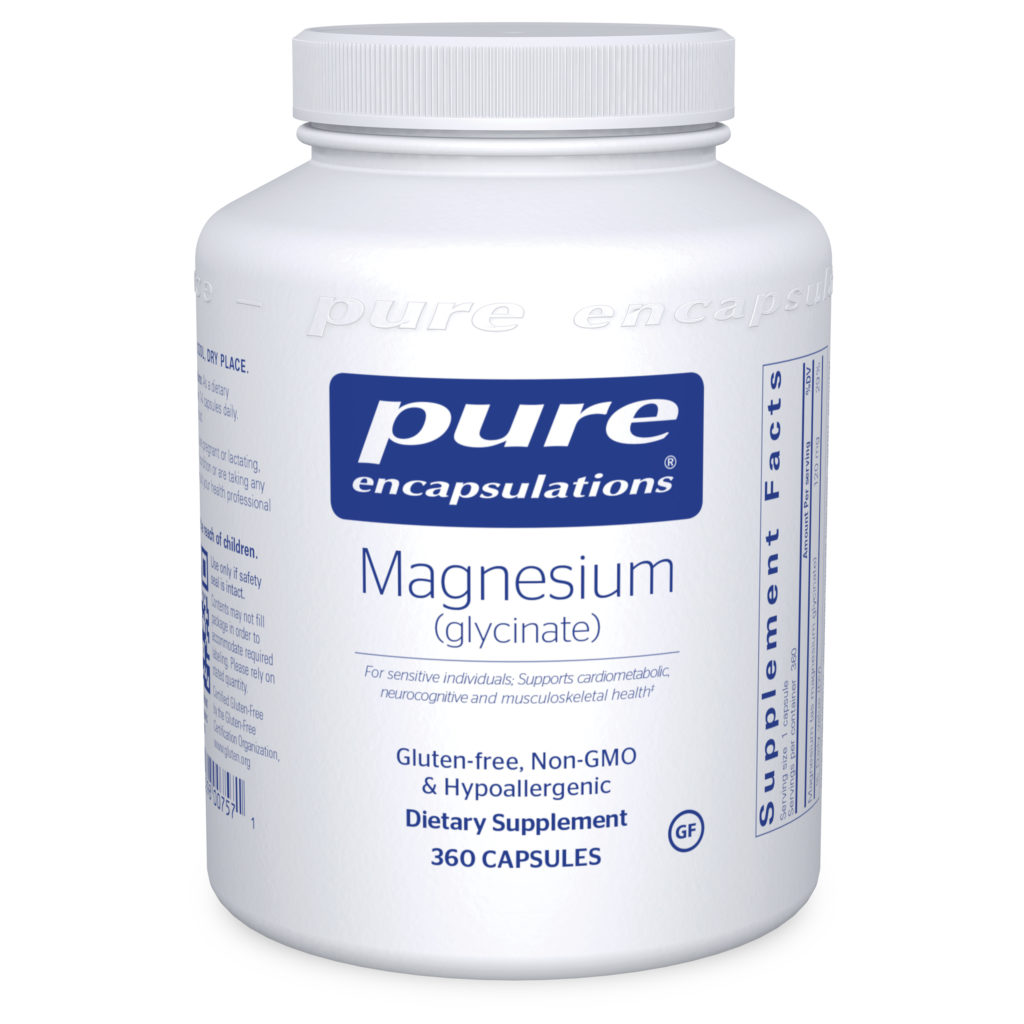
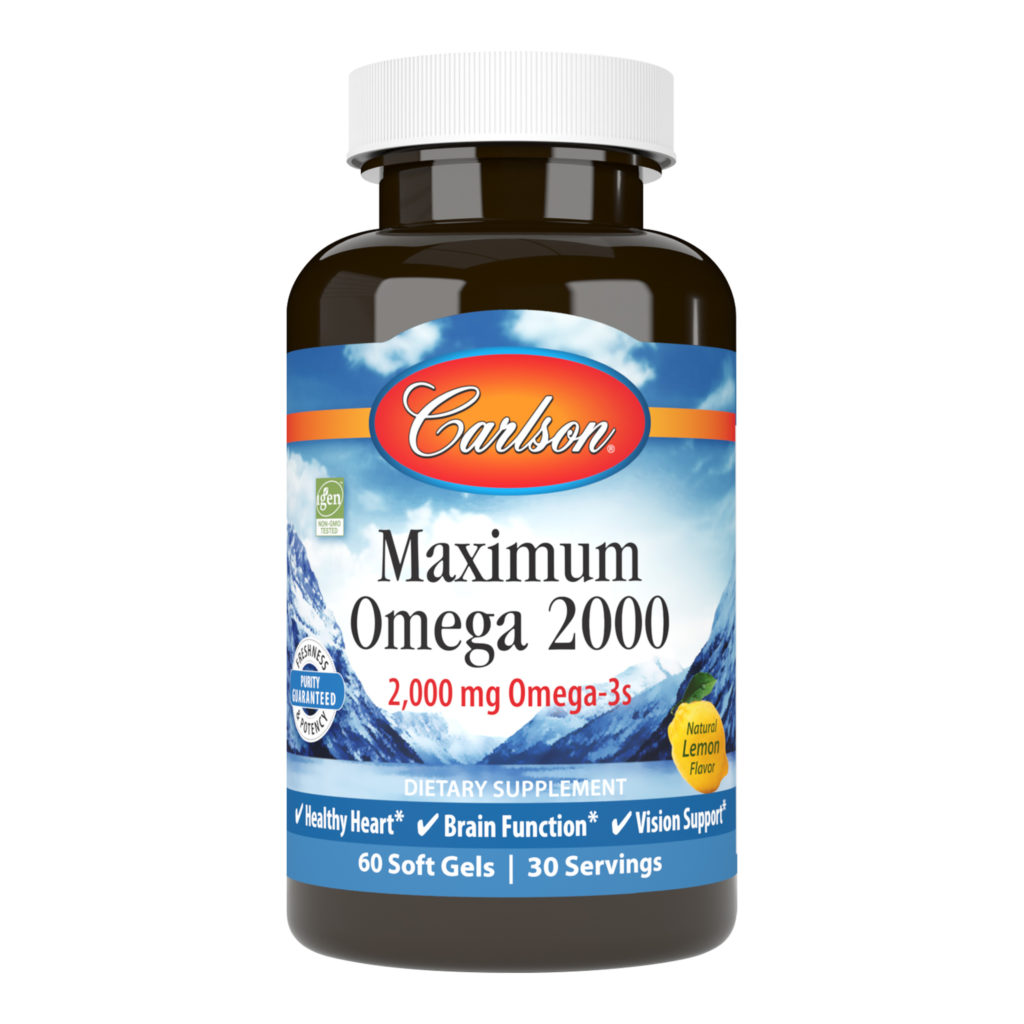
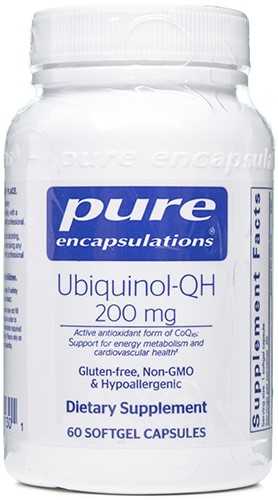
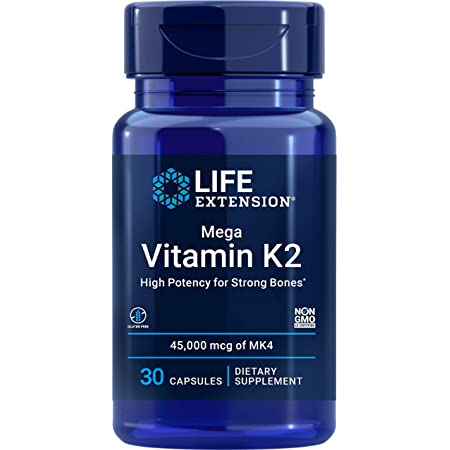
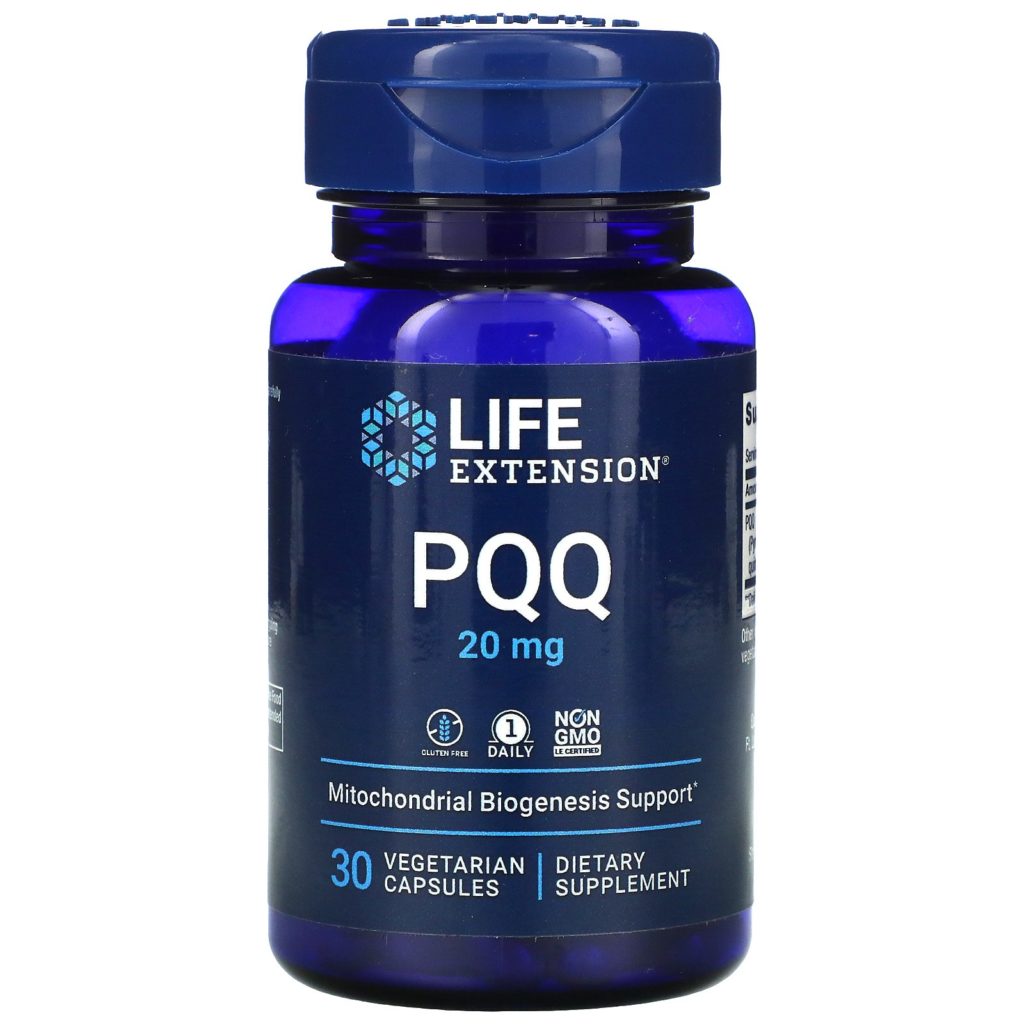
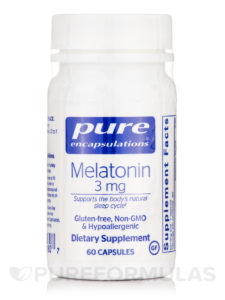
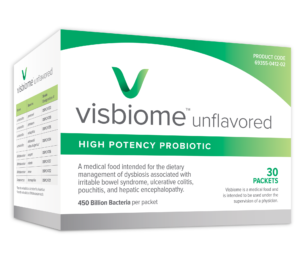
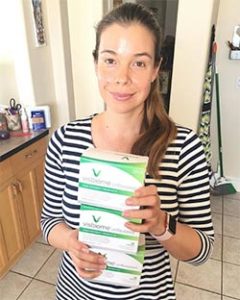
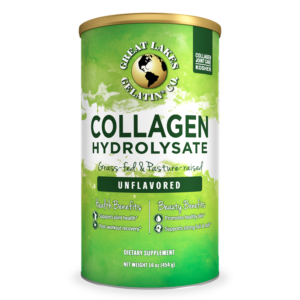
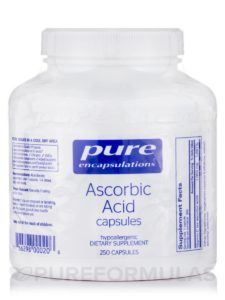
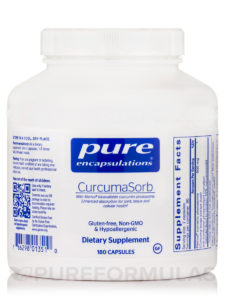

Very nice article. I absolutely love this site. Keep writing!
This article was truly enjoyable, thank you! Fantastic job!